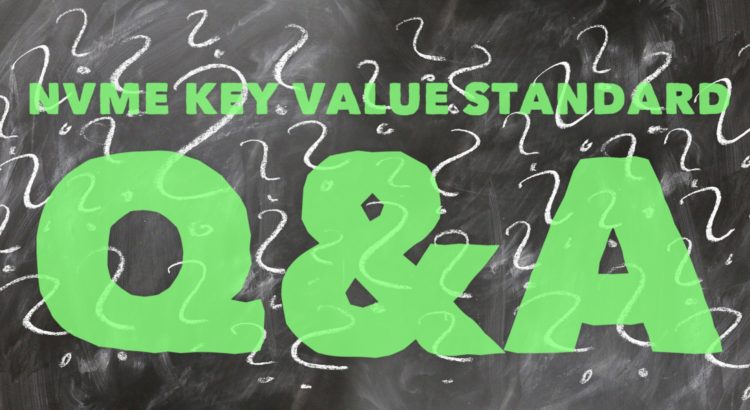Over 900 people (and counting) have watched our SNIA Networking Storage Forum (NSF) webcast, “Object Storage: Trends, Use Cases” where our expert panelist had a lively discussion on object storage characteristics, use cases and performance acceleration. If you have not seen this session yet, we encourage you to check it out on-demand. The conversation included several interesting questions related to object storage. As promised, here are answers to them:
Q: Today object storage allows many new capabilities but also new challenges, such as the need for geographic and local load balancers in a distributed scale out infrastructure that at the same time do not become the bottleneck of the object services at an unsustainable cost. Are there any solutions available today that have these features built in?
A: Some object storage solutions have features such as load balancing and geographic distribution built into the software, though often the storage administrator must manually configure parts of these features at the network and/or server level. Most object storage cloud (StaaS) implementations include a distributed, scale-out infrastructure (including load balancing) in their implementation.
Read More

